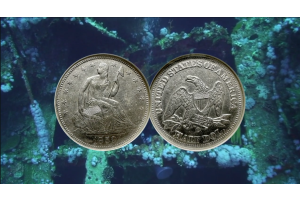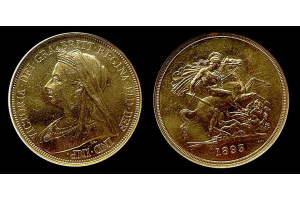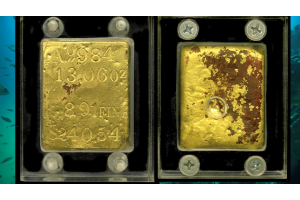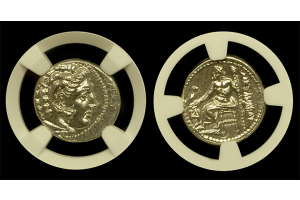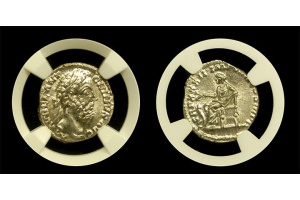The Dahlonega Mint
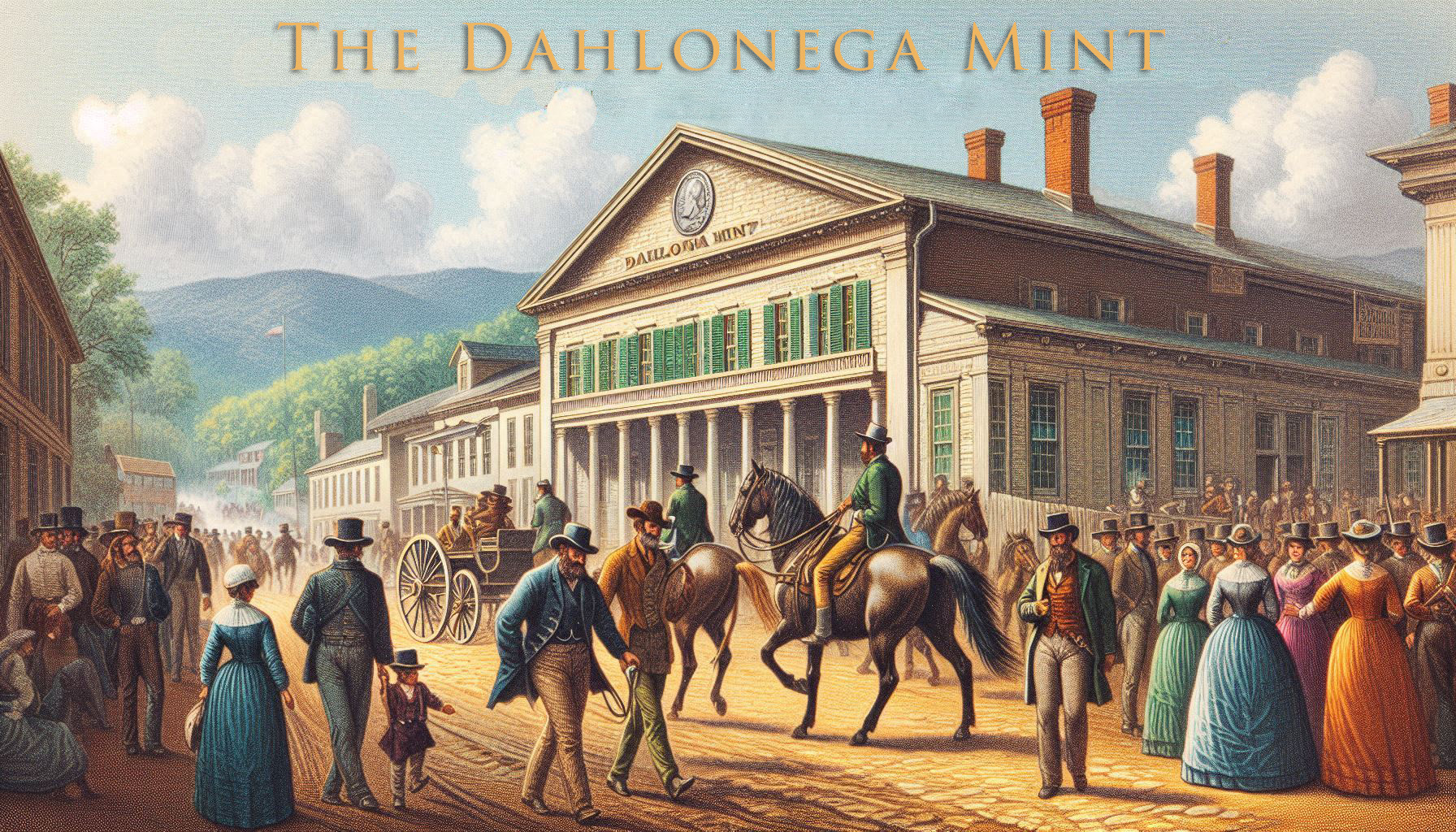
The Rich History of The Dahlonega Mint and Its Remarkable Coinage
The Dahlonega Mint played a crucial role in early American coinage. Established in 1838, it provided a way to turn Georgia’s gold into U.S. currency. During the 1840s, this mint struck some of the most sought-after gold coins in history. Today, these coins serve as a reminder of a fascinating era in American history.
The Discovery of Gold in Georgia
Gold was first discovered in Georgia in 1828. This event sparked America’s first major gold rush, a full two decades before California’s. Miners flocked to the region, hoping to strike it rich. As a result, the population in northern Georgia exploded. The sudden increase in gold production created a pressing need for a local mint.
The Founding of the Dahlonega Mint
The U.S. government saw the need for a mint closer to the gold fields. Transporting raw gold to the Philadelphia Mint was expensive and dangerous. In response, Congress authorized the creation of the Dahlonega Mint in 1835. By 1838, the facility was fully operational. This small mint transformed locally mined gold into official U.S. coins.
The Gold Coins of Dahlonega
The Dahlonega Mint only produced gold coins. These included the gold dollar, quarter eagle ($2.50), and half eagle ($5). Each coin bore a distinctive “D” mintmark, signifying its origin. Unlike larger mints, Dahlonega used gold directly from local mines. This resulted in coins with unique impurities and slight color variations.
Why Dahlonega Gold Coins Were Unique
Gold from Georgia contained a mix of natural elements. Some coins had a slightly greenish or reddish tint due to trace metals. These differences make Dahlonega coins especially valuable to collectors. Additionally, the mint’s small size limited production, making each coin relatively rare. Every piece struck in Dahlonega tells a story of America’s early gold rush.
The Economy and Commerce of 1840s Georgia
Gold coins from Dahlonega fueled economic growth in Georgia. Local businesses used them for trade, and banks relied on them for deposits. Farmers and merchants preferred gold over paper currency, which was often unstable. Moreover, these coins gave the region financial credibility. The ability to mint gold locally helped strengthen Georgia’s economy.
Challenges Facing the Dahlonega Mint
Operating a mint in the wilderness of Georgia came with difficulties. Skilled workers were scarce, and the machinery often broke down. Moreover, the quality of the coins varied due to inconsistent refining techniques. Counterfeiters also tried to replicate the mint’s work, forcing officials to remain vigilant. Despite these challenges, the mint continued producing gold coins for 24 years.
The Impact of the California Gold Rush
In 1848, gold was discovered in California. Almost overnight, the nation’s focus shifted westward. Many miners left Georgia in search of bigger fortunes. This migration significantly reduced gold production in Dahlonega. As a result, the mint’s output began to decline. Eventually, California’s larger gold reserves overshadowed Georgia’s contributions.
The Civil War and the End of the Mint
By 1861, the Civil War was on the horizon. Georgia seceded from the Union, and Confederate forces took control of the Dahlonega Mint. They struck a few coins before shutting down operations entirely. After the war, the U.S. government chose not to reopen the mint. The building later became part of North Georgia College, preserving its legacy.
Collecting Dahlonega Mint Coins Today
Today, Dahlonega gold coins rank among the most valuable in American numismatics. Their rarity and historical significance make them highly sought after. Collectors prize these coins for their beauty and connection to early American gold mining. Because they were only produced for a short time, they remain difficult to find.
Investing in Dahlonega Gold Coins
The scarcity of Dahlonega coins has driven up their value over time. Unlike modern bullion, these pieces carry both historical and numismatic worth. Many investors see them as a safe store of wealth. As a result, demand continues to grow, making them an excellent addition to any collection.
Preserving the Legacy of the Dahlonega Mint
Although the mint no longer operates, its impact endures. Museums and collectors preserve these historic coins, ensuring their stories live on. Additionally, Dahlonega itself embraces its gold rush heritage. Visitors can explore old mining sites and learn about the mint’s history firsthand.
Conclusion: A Testament to American Ingenuity
The Dahlonega Mint represents a remarkable chapter in U.S. history. It provided a vital service to Georgia’s gold miners and contributed to the nation’s economy. Although short-lived, its coins remain a testament to American ingenuity and perseverance. Holding a Dahlonega gold coin means holding a piece of history—one that continues to captivate collectors and historians alike.
The Dahlonega Mint’s legacy lives on through the rare coins it produced, each telling a story of America’s early gold rush era. These historic pieces remain highly sought after by collectors and investors alike. Austin Rare Coins & Bullion has a couple of Dahlonega $5 Liberty coins available. If you’re interested in owning a piece of this numismatic history, contact one of our Austin Rare Coins Advisors today for expert guidance and availability.








